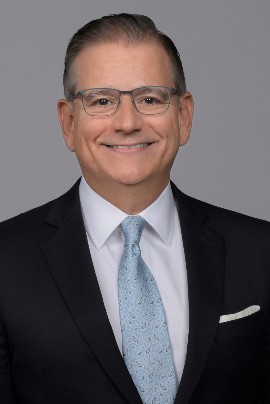This blog has previously addressed the ongoing controversy involving falsified engineering reports used to justify the denial of legitimate claims by homeowners who were victims of Hurricane Sandy. Prior posts have focused on judicial and Congressional responses to the disclosure of the practice of falsifying, manipulating and withholding engineering reports in litigation over Hurricane Sandy claims pursuant to Write Your Own (WYO) policies under the National Flood Insurance Program. However, a recent story reported by 60 Minutes offers portraits of actual victims of this pattern of dishonest fraudulent conduct.
Case Study #1
While the overall impact of Hurricane Sandy included more than $60 billion in property damage, the impact was personal for those whose homes were seriously damaged and claims wrongfully denied. In an interview with 60 Minutes, Bob Kaible and his wife explained that his house had to be condemned after Hurricane Sandy dislodged his home from its foundation. The Kaibles faithfully paid their premiums every month, so they presumed they would be okay when the storm destroyed their home. Despite the condition of the house, an engineering report conducted by U.S. Forensic on behalf of the insurance company determined that there was no “structural damage.”
The Kaibles made between 20-30 phone calls to the engineering firm, flood insurance company and adjuster trying to get the property re-inspected. Eventually, the insurance company sent out the same engineer who conducted the initial inspection. The Kaibles asked the engineer why the report indicated that the home had not suffered structural damage. The couple were shocked when the engineer explained the report they received was not the one he prepared. When the engineer retrieved the report he prepared from the trunk of his car, it indicated that the home did in fact suffer structural damage. By contrast, the report sent to the Kaibles indicated that the damage to the home was “long term,” which means it existed prior to Hurricane Sandy.
Wright Flood, the nation’s largest flood insurance carrier paid only $79,000 of the $250,000 coverage. The estimated cost to rebuild the home was $300,000-350,000, and the home was still encumbered by a mortgage that had to be repaid. Ultimately, the home was torn down after the Kaibles were forced to sell the home at a loss. Because structural damage is the most costly form of flood damage, the insurance company can save hundreds of thousands of dollars by denying this portion of a flood damage claim.
Case Study #2
John and Gail Mero witnessed water six feet high running down their street the day after Hurricane Sandy. Although the Meros home had to be torn down, their insurance company only paid them $80,000 for their loss. The Meros are now buried in debt after borrowing money to rebuild. The engineer that inspected the property determined that the house suffered structural damage. His conclusion provided that the damage was caused by “hydrodynamic forces, hydrostatic forces due to the flood, which caused shifting throughout the foundation. The engineer later disclosed to the homeowners that his report with this conclusion had been changed to indicate “Settlement due to consolidation of soil caused the foundation wall to crack.” The engineer disclosed that he did not write that conclusion and that the report had been completely altered.
Altered Engineering Reports a Pervasive Practice
The engineer that examined the Meros’ property conducted inspections and produced reports for 180 claims following Hurricane Sandy. When he later reviewed the reports, he found that 175 (96 percent) of the reports had been significantly rewritten. Not surprisingly, the five reports that were not changed were those where no repairs were indicated. The engineer says that HiRise Engineering, which contracted with the insurance company for the engineering reports, pressured him to sign an affidavit indicating he agreed with the revised reports, but he refused to do so. Nonetheless, the insurance company relied on the doctored engineering reports when it denied coverage.
These case studies demonstrate the hardships imposed on property owners when flood insurance providers fail to properly adjust and pay claims.
You can reach Miami Insurance Claims Lawyer J.P. Gonzalez-Sirgo by dialing his direct number at (786) 272-5841, calling the main office at (305) 461-1095, or Toll Free at 1 (866) 71-CLAIM or email Attorney Gonzalez-Sirgo directly at jp@yourattorneys.com.

